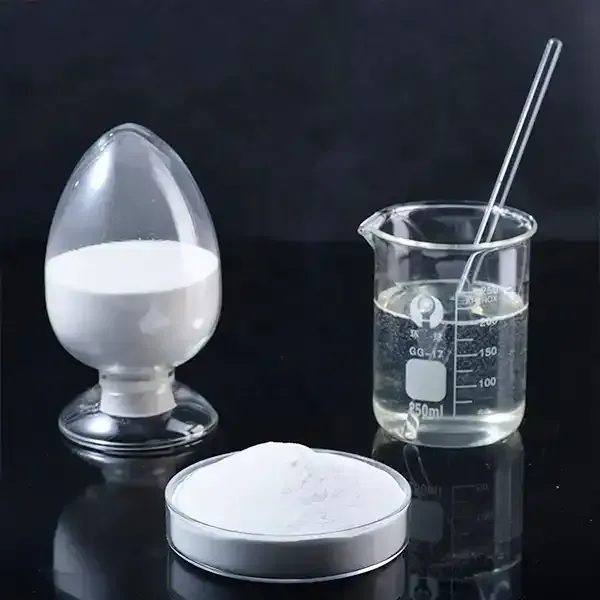The Role of HPMC in Modern Manufacturing
Hydroxypropyl Methylcellulose (HPMC) is a synthetic polymer derived from cellulose, extensively utilized in various industrial applications, particularly in manufacturing processes. As industries continue to innovate and prioritize efficiency, HPMC has emerged as a crucial ingredient for optimizing product quality and performance.
Understanding HPMC
HPMC is a versatile, non-ionic polymer that is soluble in water. It is derived from natural cellulose through a series of chemical modifications which introduce hydroxypropyl and methyl groups into the cellulose chain. This transformation gives HPMC unique properties such as excellent viscosity control, film-forming ability, and binding properties. With its ability to form gels and thicken solutions, HPMC is widely employed in several sectors, including pharmaceuticals, food, construction, and cosmetics.
Applications in Pharmaceuticals
One of the most significant uses of HPMC is in the pharmaceutical industry. It is primarily used as a controlled-release agent and excipient in drug formulations. The ability of HPMC to form a gel when hydrated makes it ideal for ensuring the sustained release of active ingredients, enhancing the bioavailability of medications. Moreover, the viscosity-modulating properties of HPMC help in the preparation of suspensions and emulsions, making them easier to administer and more effective.
Furthermore, HPMC is utilized in the manufacture of tablets, where it acts as a binder, ensuring that the components of the tablet adhere together properly. Its film-forming ability also enables the production of enteric-coated tablets, which protect the drug from degradation in the acidic environment of the stomach and allow for targeted release in the intestines.
Contributions to Construction
In the construction industry, HPMC is used as an additive in cement-based products, such as mortar and plaster. It enhances workability and improves the handling properties of these mixtures. Due to its water-retentive capabilities, HPMC ensures that the materials remain workable for extended periods, allowing for better application and finish. Moreover, it contributes to the overall durability of the construction materials, making buildings more resilient to environmental factors.
hpmc manufactur

Additionally, HPMC's ability to create a film helps in reducing cracking during the drying process of plasters and mortars. This characteristic is particularly important for large-scale construction projects, where maintaining the integrity of the structure is paramount.
Food Industry Applications
In the food industry, HPMC is recognized for its emulsifying, thickening, and stabilizing properties. It is used in various food products, including sauces, dressings, and ice cream, to enhance texture and consistency. HPMC helps to prevent the separation of ingredients, maintaining a uniform product throughout its shelf life.
Moreover, HPMC is valued for its ability to improve the mouthfeel of food products without adding calories, making it a popular choice for manufacturers looking to create healthier alternatives. As consumer preferences shift towards clean-label products, the use of HPMC as a natural ingredient derived from cellulose aligns with the demands for transparency and health-conscious formulations.
Environmental Considerations
As sustainability becomes a focal point in modern manufacturing, HPMC presents a favorable option. Being derived from renewable resources, its use can contribute to reducing the environmental impact of various processes. Additionally, HPMC is biodegradable, making it a more eco-friendly alternative compared to synthetic polymers that persist in the environment.
Conclusion
HPMC is undeniably a pillar in modern manufacturing across various industries. Its versatility, effectiveness, and adaptability to different formulations highlight its significance in enhancing product quality and performance. As the demand for innovative and sustainable solutions continues to rise, HPMC stands out as an essential ingredient that meets the evolving needs of manufacturers and consumers alike. By incorporating HPMC into their product formulations, industries can not only improve their offerings but also contribute positively to environmental sustainability, which is crucial in today’s world.
-
A Comprehensive Guide to Methyl Ethyl Hydroxyethyl Cellulose: Applications and Industry InsightsNewsNov.24,2025
-
Understanding Methyl 2 Hydroxyethyl Cellulose: Uses, Benefits & Industry InsightsNewsNov.24,2025
-
Hydroxyethyl Methyl Cellulose HEMC: Industrial Uses, Benefits & Future TrendsNewsNov.23,2025
-
HEMC Cellulose: Versatile & Sustainable Industrial Polymer | YoungcelNewsNov.23,2025
-
Methyl Hydroxyethyl Cellulose: Versatile Building Block for Industry & SustainabilityNewsNov.23,2025
-
CAS 9032 42 2: Understanding Polyvinyl Alcohol's Impact on Industry & SustainabilityNewsNov.22,2025




